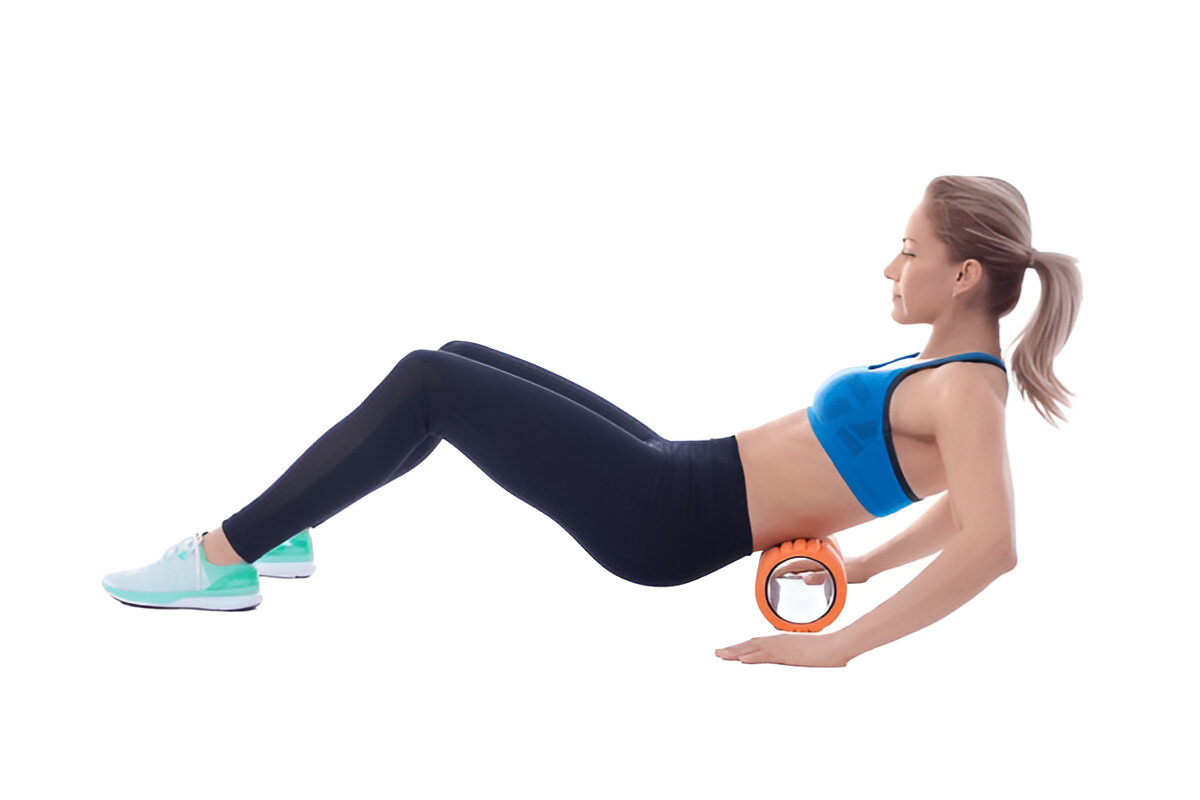
Unlock Upper Body Mobility in Just 10 Minutes With This Foam Rolling Routine
by Nayan in Fitness, Health & Wellness on April 7, 2025Are you suffering from the pain in your shoulders and the upper back that you usually come across after working continuously sitting at the desk for long or doing intense training? You are not the only one. A lot of people in America are facing the same problem of stress in the upper body because of bad posture, overtraining, or inactivity. The good thing is that you don’t have to spend a lot of time doing stretching exercises or visit a massage therapist every week. Only body mobility in 10 minutes a day of foam rolling exercise for the upper body can bring significant changes to the body.
A foam roller or a massage ball will help you perform this simple home method. Moreover, such self-massage is a natural way of untightening your muscles, increasing blood circulation, and obtaining flexibility mainly in the portions such as the lats, chest, and shoulders.
What Is Foam Rolling—and Why It Works
Foam rolling is a manual therapy technique which focuses on the muscle fascia and the trigger points. The technique is done by applying pressure to the problem areas to break adhesions, expending the blood distribution and restoring the normal movement patterns.
It is beneficial, to be more precise, the foam roller therapy in the arms and upper body is effective because these are the two body parts where we feel more pain due to improper posture or the movements that we use for typing, lifting, and driving i.e. the repetitive motions. If followed on a regular basis the practice can not only reduce pain but also make a person feel more agile, mobile, and become a supporter of a better posture.
What You’ll Need
- A foam roller (soft-density for the beginners, medium to firm for those who want to experience more stress)
- Optional: a massage ball for smaller areas like the forearms or chest
- A yoga mat or a surface that is cushioned
10-Minute Foam Rolling Routine: Step-by-Step
This particular foam rolling routine is mainly structured around areas that are usually most jam-packed in the upper body part. Try each exercise for about 50 seconds, ensuring there is a 10-15 second rest between every single activity.
- Mid and Upper Back Place the roller horizontally behind your shoulder blades and lie down on it. With slow and small movements, go up and down the roller and at the same time, separate your arms, so as to let the muscles in your back be stretched and massaged by the roller.
- Lats (Side of Back) While you are lying on your right side, the foam roller should be under your armpit. In a gentle manner, slide the roller down to your hip on the same side, and then return it along your side, stopping at those points where it feels uncomfortable.
- Rear Delts & External Rotators Under rotation, let the back of the shoulder muscle group, especially the rotator cuff muscles, be the area of your target.
- Chest (Pecs and Anterior Delts) You should wall the chest muscles with a massage ball or lay on the roller face down in order to be able to smooth the chest easily.
- Biceps and Forearms Use a smaller roller or a massage ball to stimulate the inner sides of the upper and lower arms. The muscles in these areas are mostly engaged in tensing, gripping, or typing work that would bring on the discomfort of the arms gradually.
Key Benefits of This Routine
Reduces Muscle Tension
The areas that became constricted and carried the daily stresses are approached and targeted for the inhibition of the stress that is naturally present.
Improves Posture
Loosens those muscles in the chest and shoulders that pull your body to a bent forward posture.
Increases Shoulder and Arm Mobility
Easier exercises and less probability of injuries are the results of having better mobility in your arms and shoulders.
Boosts Blood Flow and Recovery
It paves the way for muscle recovery in the post-activity period of upper-body exercises, thus enabling faster recovery of your muscles.
Low Impact, No Equipment Setup Needed
There’s no need for any setup; you are free to do only the rollers and a short 10-minute routine with your body, saving yourself from time constraints, spending, and other production problems.
Safety and Smart Use Tips
- Avoid rolling directly on your lower back or spine.
- Ensure that the foam roller moves slowly without rushing but not too fast.
- You should avoid a situation where you are holding your breath. Always remember that deep breathing is a good option for relaxation.
- As a rule of thumb, if you experience a sharp and sudden pain, bring the activity to an end right away, and then, try again later.
- It is natural that foam rolling may not feel quite good and may even cause discomfort on the tighter spots, but that discomfort should never reach the level of pain.
How Often Should You Do It?
Strive for doing it 3–5 times a week, particularly after upper body exercises or on your rest days. It is also a highly recommended method in the case of winding down before bed or during a break from computer work after it.
Within minutes of the upper body foam rolling routine one can perform everyday to improve on their movement, one can expect a considerable positive change. This is not only a feasible recovery plan but also one, which is readily available thus suitable for all fitness plans.
So, if you want to that very mobility and no-pain it could be acquired using this kind of training easily in a week— you will really surprise how much your body thanks you!








